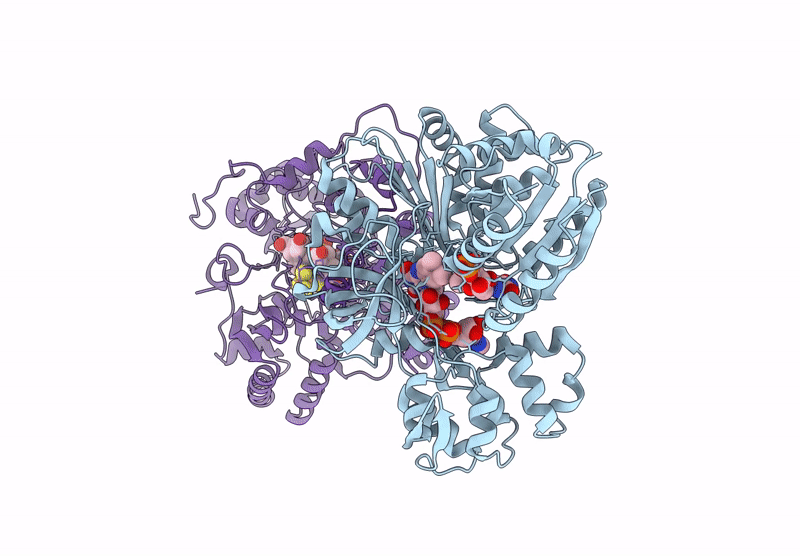
Deposition Date
2024-06-13
Release Date
2025-02-12
Last Version Date
2025-08-27
Entry Detail
PDB ID:
9C91
Keywords:
Title:
Assimilatory NADPH-dependent sulfite reductase minimal dimer
Biological Source:
Source Organism:
Escherichia coli (Taxon ID: 562)
Host Organism:
Method Details:
Experimental Method:
Resolution:
2.78 Å
Aggregation State:
PARTICLE
Reconstruction Method:
SINGLE PARTICLE


